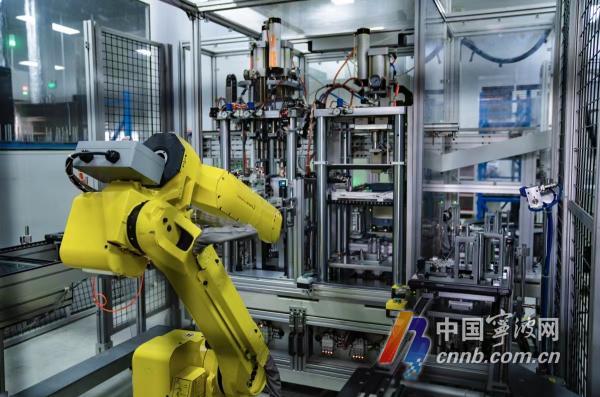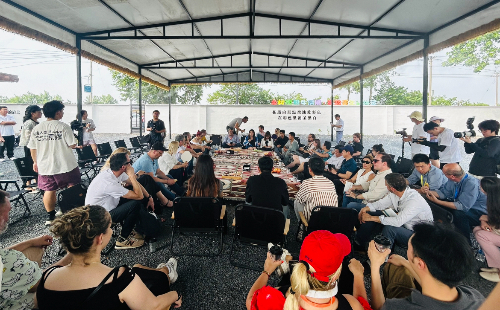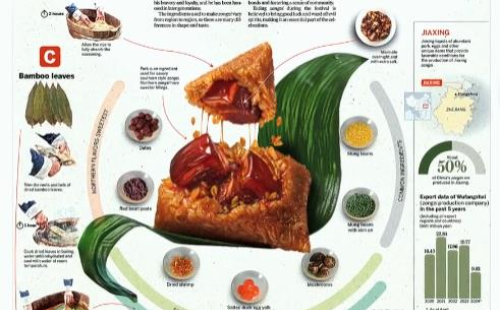Ningbo demonstrates strong economic performance in 2023

A workshop in Ningbo, East China's Zhejiang province. [Photo/cnnb.com.cn]
Ningbo's GDP surged to 1.65 trillion yuan ($229.78 billion) in 2023, marking a 5.5 percent increase over the previous year when calculated at constant prices, according to newly released figures from the Ningbo Municipal Bureau of Statistics and the Ningbo branch of the National Bureau of Statistics.
The city's industrial sector, a powerhouse behind its economic growth, achieved robust expansion. Above-designated-size industrial companies in the city experienced a yearly 6.6 percent increase in added value. Investment in Ningbo's manufacturing industry rose by 7.6 percent year-on-year, signaling positive prospects for the city's industrial development in years to come.
Consumer spending also showed strong signs of recovery, with the total retail sales of consumer goods expanding by 6.5 percent on an annual basis to 521.26 billion yuan in 2023.
A discernible trend towards upgraded consumption patterns emerged, with substantial growth rates in the retail sales of new energy vehicles, smartphones, photographic equipment, and wearable smart devices, which saw increases of 87.5 percent, 74.3 percent, 46.4 percent, and 8.5 percent, respectively. Notably, new energy vehicles accounted for 36.8 percent of the automobile category, marking a 15.2 percentage point increase from the previous year.
Despite a challenging global economic environment, Ningbo's import and export activities expanded in 2023, with the city achieving a total foreign trade import and export volume of 1.28 trillion yuan, edging up by 0.9 percent year-on-year.
The city's export growth was primarily driven by electromechanical products, with an export value of 470.58 billion yuan, marking a 2.3 percent increase and constituting 56.8 percent of the total export value. Within this category, the export values of household appliances and automobiles soared by 12.2 percent and 32.9 percent, respectively.
Additionally, the income gap between urban and rural areas continued to narrow for the 20th consecutive year. In 2023, the per capita disposable income of urban and rural residents reached 80,144 yuan and 48,350 yuan, respectively. This resulted in an urban-rural income ratio of 1.66, which narrowed by 0.03 compared to the previous year, continuing a trend of reduction over the past two decades. It is worth mentioning that the per capita disposable income of low-income rural households surged by 2,747 yuan year-on-year, ranking first in Zhejiang province in terms of incremental amount.





 play
play